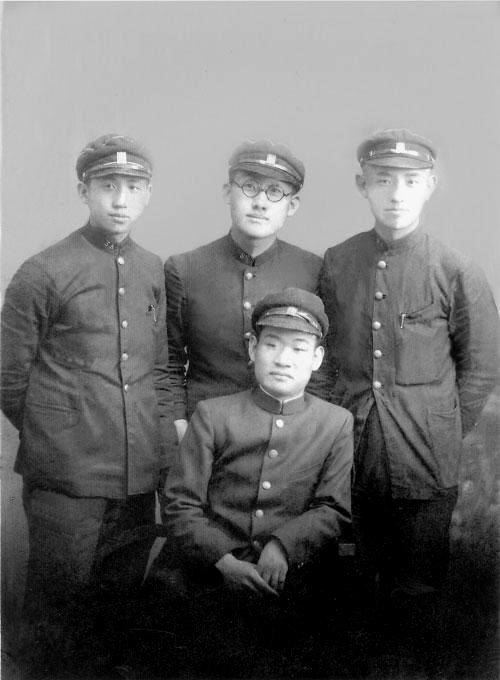
Figure 1.--These Korean boys attended a secondary school in Pyongyang during 1930. Notice the Japsnese-styleccadet uniforms. |

|
The rivalry between Russia and Japan sparked the Russo-Japanese War (1904-05) which essentially left Japan with free hands to intervene in Manchuria and Korea. Japan moved to annex Korea (1909) and convert it into a colony (1909-45). This ushered in nearly five decades of brutal Japanese rule. Japanese police supressed the March 1st Movement, killing more than 7,000 peaceful demonstrators. The Japanese banned theuse of the Korean language. Military authiorities cinscripted millions of Koreans for slave labor during World War II.
While Japanese occupation was brutal bd explotive, they did help build an extensive modern educationsl system. As far as we can tell, the Japanese significantly expanded the school system and significantly increased attendance.
Instruction was conducted in Japanese and part of the educational objectives was to supress the Korean lanuage and culture. We note mixed classes, a least for primary schools. There seem to have been separate schools for the Japanese who settled in Korea. We have little information on schools during the Japanese occupation. Hopefully our Korean readers will provide some information. Even though the Japanese expanded the school system, it was still not a modern mass education system. Only about 30 percent of school age children were able to attend school. Rural schools in particular were limited. The schooling available to Koreans was mostly primary level. Only about 5 percent of children continued on tp the secondary school. This was, however, an increase the over pre-Japanse period and one of the highest levels in Asia. Vdry few Koreas pursued university-level studies. Tge brutality of the Japanese and the spression of Korean nationalism has left a bitter taste in Korea. Few Koreans, as a result, are willing to say anything positive avouit the Japanese colonia era. The expansion of the educational system by the Japanese, however, was surely a factor in South Korea's economic success in the post-War era. (The same is true of Taiwan.)
Navigate the Boys' Historical Clothing Web Page
[Return to the Main Korean school chronology page]
[Return to the Main Korean school page]
[Return to the Main Korean page]
[Introduction]
[Activities]
[Biographies]
[Chronology]
[Clothing styles]
[Countries]
[Girls]
[Bibliographies]
[Contributions]
[Essays]
[FAQs]
[Glossaries]
[Images]
[Links]
[Registration]
[Tools]
[Boys' Clothing Home]
